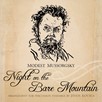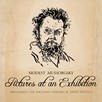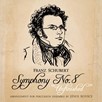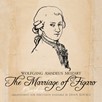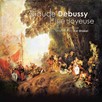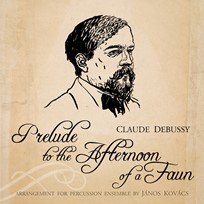
Prelude to the Afternoon of a Faun
Composer: Claude Debussy
Instrument: Percussion Ensemble
Level: Advanced
Published: 2013
Price: €35.00
Item details
-
Description +
-
Arranged by János Kovács
Duration: 11 min.
Prelude to the Afternoon of a Faun, the symphonic poem for orchestra by Claude Debussy is one of the most iconic works in the history of music, situated right on the cusp of Modernism.
Claude Debussy (1862 - 1918), most often categorised as an Impressionist composer, is actually hard to label because of his great role in the development of modern music. He wrote the Prelude in 1894 inspired by the poem L'après-midi d'un faune by symbolist author Stéphane Mallarmé, published in 1876, itself a landmark in the history of Western literature. It describes the experiences of a lustful mythical creature called a faun, half man — half goat, who, awakened from his afternoon sleep, boasts of his adventures chasing beautiful nymphs.
Debussy's Prelude to the Afternoon of a Faun is a complete work, even though it was originally intended to be part of a three-movement suite (Prelude, Interlude and Final Paraphrase) that was never finished. The music, seemingly improvisational and as mischievous and impulsive as the creature it was inspired by, is actually a complex and rigorous organisation of motifs traded back and forth between the orchestra's groups of instruments.
Prelude to the Afternoon of a Faun was first performed in Paris in 1894, and in 1912 it was made into a ballet choreographed and performed by Vaslav Nijinsky, a production that proved to be both controversial and influential to the Modernist movement.
Mallarmé's words to Debussy after hearing the work were:
I have just come out of the concert, deeply moved. The marvel! Your illustration of the Afternoon of a Faun, which presents a dissonance with my text only by going much further, really, into nostalgia and into light, with finesse, with sensuality, with richness.
Amália Kovács
Târgu Mures, Juli 2013
-
-
Instrumentation +
-
Percussion Ensemble:
2 Vbraphones
3 Marimbas
-
-
Watch+
-
Performing Artsts:
Southern Utah University Percussion
-
-
About the composer +
-
Claude-Achille Debussy (22 August 1862 – 25 March 1918) was a French composer. Along with Maurice Ravel, he was one of the most prominent figures associated with Impressionist music, though he himself disliked the term when applied to his compositions. He was made Chevalier of the Legion of Honour in his native France in 1903. Debussy was among the most influential composers of the late 19th and early 20th centuries, and his use of non-traditional scales and chromaticism influenced many composers who followed.
Debussy's music is noted for its sensory content and frequent usage of nontraditional tonalities. The prominent French literary style of his period was known as Symbolism, and this movement directly inspired Debussy both as a composer and as an active cultural participant.
-
-
Credits +
-
Front Cover graphics and layout: Amália Kovács
Engraving: János Kovács & Johan Svitzer
Preface: Amália Kovács
Translation: Amália Kovács
Printed in Copenhagen, Denmark
Copyright © Edition SVITZER
www.editionsvitzer.com
-

